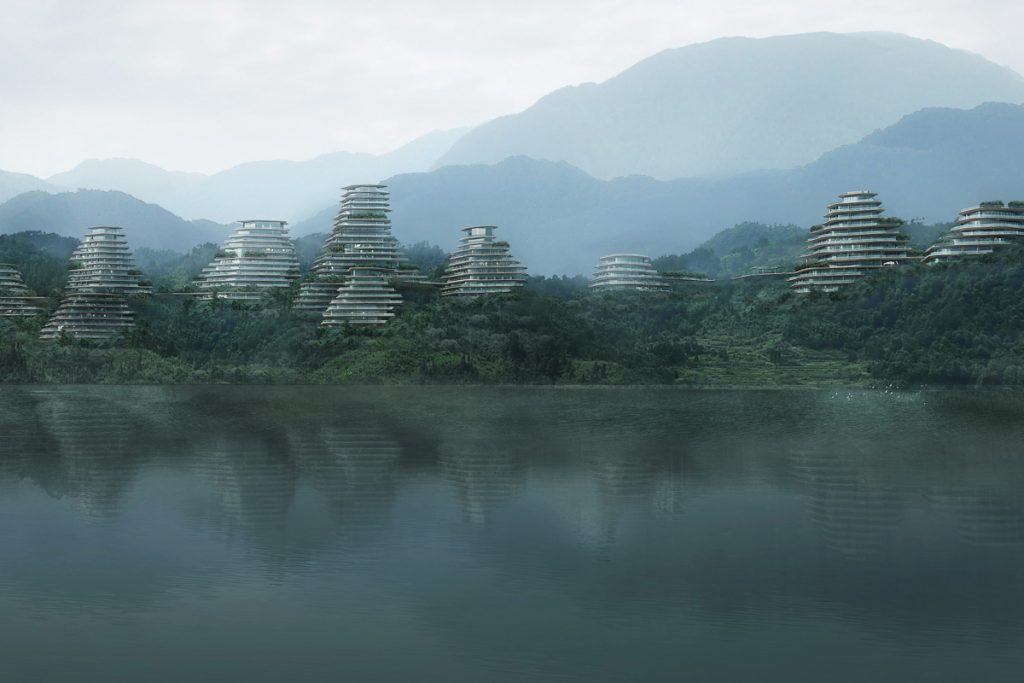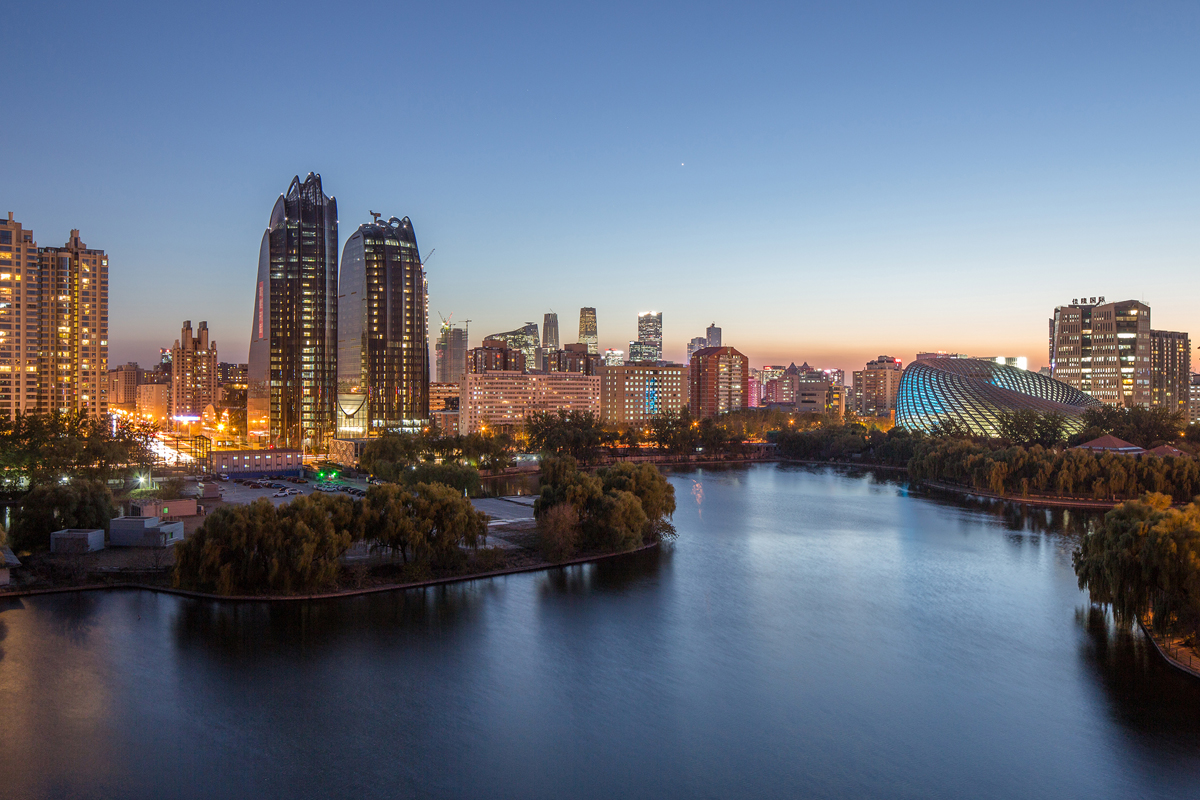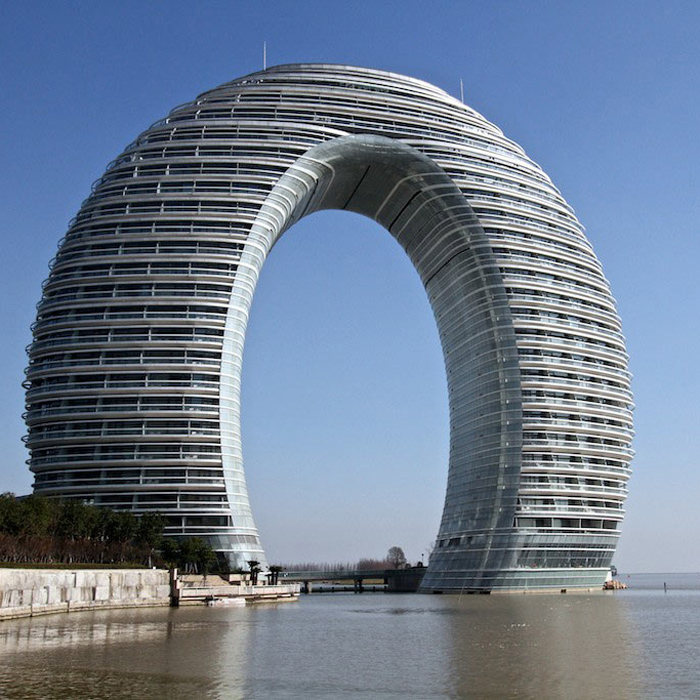Interview: Ma Yansong, Founder MAD Architects
Discussing perspective, nature and function in the wake of the PHAIDON book focused on the company’s designs

by Alessandro De Toni
When Westerners think about Chinese architecture, we oftentimes have two images in mind: old, grand pagodas settled on the top of a hill or titanic mega-projects breaking global records. Understanding the essence of Chinese architecture isn’t easy. Ma Yansong is a name that’s undeniably played a major role in shaping the idea of contemporary Chinese architecture and urban development in the last decade. Born in Beijing, he founded his studio MAD Architects in 2004—a company that’s now among the very few Chinese design firms that has built projects beyond the nation.

Since the recent publication of PHAIDON’s “MAD Works,” a hardcover tome celebrating the studio’s success, Cool Hunting visited Ma at his studio in what was Beijing People’s Art Printing House, a hub full of creative businesses.

Part of MAD’s success is due to their perceptiveness regarding sensitive topics associated with city planning and building. Cities in the country are changing fast and contemporary architecture sits at a tricky crossroad: somewhere between technology, politics, local culture and traditional Chinese identity. Ma tells us, “In the past 10 years most people’s reaction to our projects was, ‘Nice drawings, but this cannot be realized.’ I think we gained the attention of the public because our work ignites debate. We’re a young studio and we deliberately adopt an experimental approach, where the borders between right and wrong practice are fuzzy.” In China, there is (like in many cities across the world) a divide between architecture that’s contemporary, traditional, experimental, conservative, and unorthodox; raising questions around whether architecture should express force and growth or harmony between people and nature—or somehow both. “Although we’re architects, we believe we do culture; architecture is culture and the topics we tackle will always arise a broader debate,” Ma says.
The Shanshui City concept has become the signature of MAD work, if not the translation of traditional Chinese culture and philosophy into an architectural practice. Shanshui (literally “mountain-water”) refers to traditional Chinese watercolor painting depicting natural landscapes. Ma says, “We deal with big projects from the same starting point as Shanshui paintings. We try to turn buildings into landscapes—defying the idea of modernism which sees nature and buildings as two distinct elements.

Blending human need with respect for nature isn’t just for aesthetic reasons, of course. “Traditionally in the Eastern World, man and nature are close: men find happiness and prosperity in the beauty of nature, even if the nature is actually built to match this very need.” Ma continues, “Looking at Beijing from the top of the Coal Hill, you see the golden roof of the Forbidden city, but also green spaces, trees, uneven roofs of old houses balanced by old towers and bridges. Like in a man-made garden. You see its beauty, its harmony. A lot of ancient poetry sees in nature a reflection of human emotions, and in a post-industrialized era, once people have become more aware of the necessity of a more harmonious relation between man and nature, we need to build cities which can connect with human spiritual needs instead of being merely functional.”
Known for buildings including Clover House, a kindergarten in Japan, the Absolute Towers in Mississauga with their 360 degrees view of the surrounding landscapes, and more, there are few projects MAD won’t tackle. From offices to residential structures, and small- and large-scale works to social housing projects, the studio has approached architecture from the same inspired philosophy. Soon, they will unveil Chicago’s Lucas Museum of Narrative Art—the first overseas cultural facility designed by MAD.

The most recent project, however, is Chaoyang Park—sinuous mountains of black glass in the homonymous district of the capital. Ma and his team had to design millions of drawings for its curvy glass surface, “Every single piece is different, a tough choice to make the building look more organic and closer to the world of nature,” Ma explains. “A local TV crew has been interviewing passersby to ask how they feel about it. Someone liked it, someone didn’t and yet many could see the futuristic touch,” Ma concludes, “but also its similarity with the mountain landscape of traditional paintings.”
Images courtesy of MAD Architects












